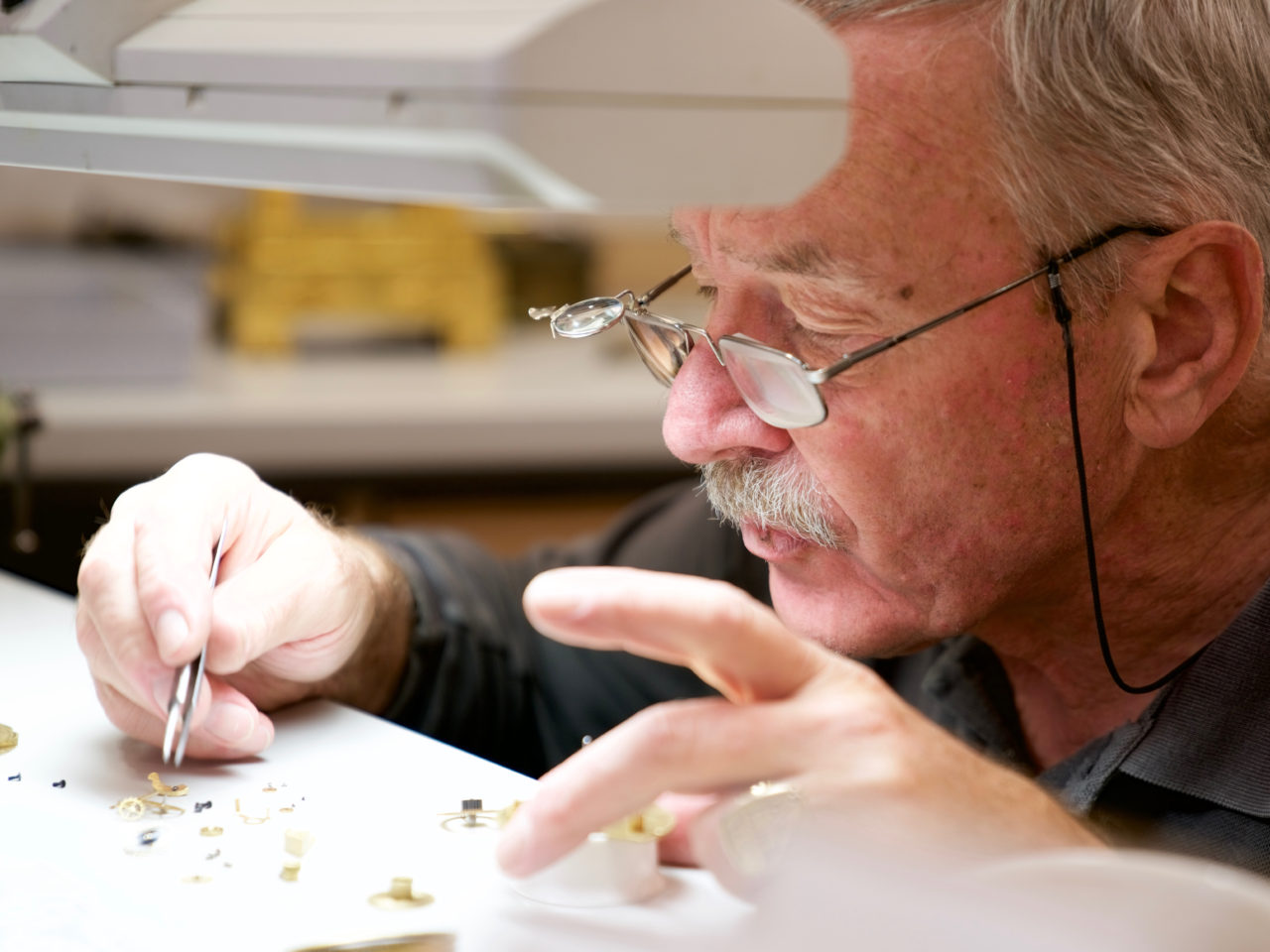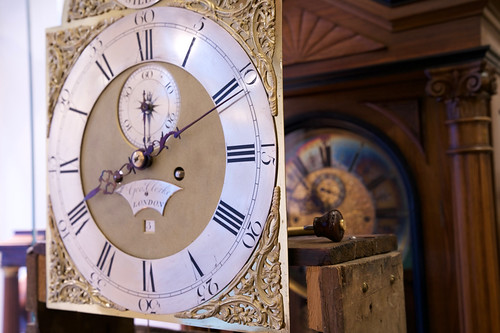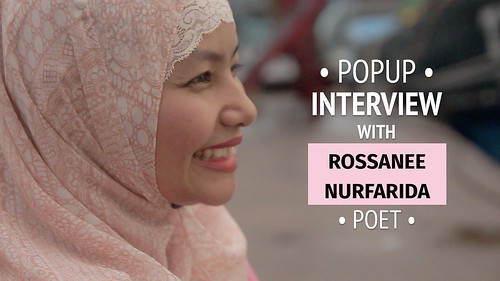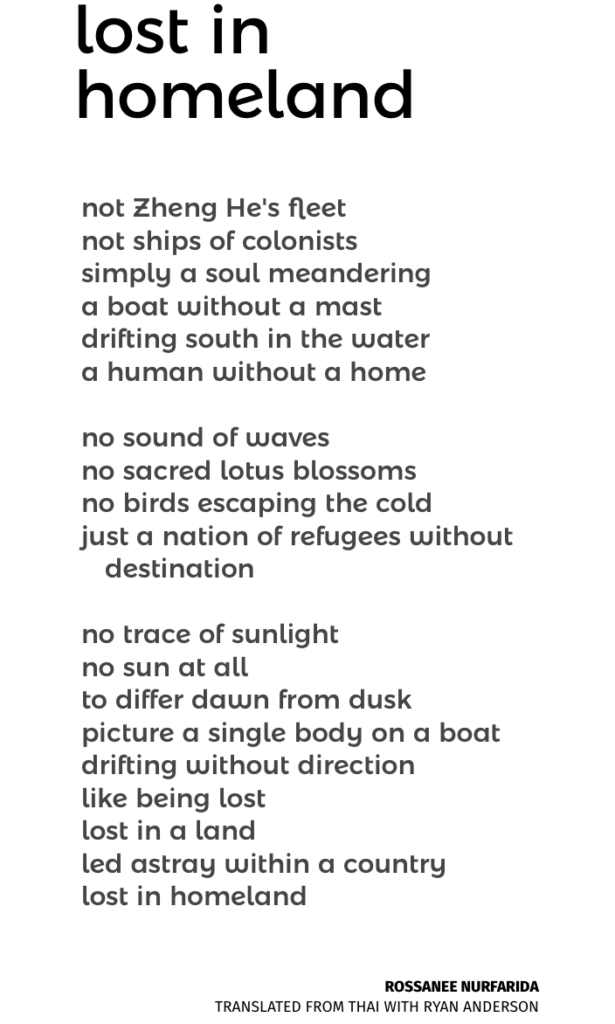
Podcast: Play in new window | Download | Embed
Subscribe: RSS
The Ankeruhr stands high at the Hohe Markt in Vienna, Austria. The clock was designed to make time stand still, in a way. It seems that human beings have forever tried to immortalize themselves. Famous Romans built statues and buildings so the next generations would remember them. European kings wanted to be powerful forever so they commissioned wall-sized, selfie-styled paintings. Rich people do the same today. People like Bill Gates, who started a foundation, so his fortune can perpetuate his reputation long after his death.
A life insurance company built the Ankeruhr in 1915. The clock was a memorial for Vienna’s most powerful citizens. That’s why the Ankeruhr looks radically different than a normal clock with big and small hands, which turning around and point at numbers.
Instead the Ankeruhr has a different life-sized statue for each hour, that walks across a bridge between two buildings. Over each figure’s head is a number, which is the time of the day. In total, there are twelve statues, each one a famous person in Vienna’s long history. There’s Prince Eugene of Savoy, for example, who crosses the bridge at 10. Maria Theresa travels at 11. At 12 o’clock, at noon, all twelve of the figures parade out together as a group.
But even the Ankeruhr’s creator couldn’t design a clock that ran forever, which is where Robert Kalivoda enters this story. By the 1990s, the mechanics of the Ankeruhr, the gears and chains inside the clock, were falling apart. It needed to be fixed and Kalivoda – one of Vienna’s master watchmakers – was hired to bring the Ankeruhr back to life.

Kalivoda said, “In 1992 I completely restored the clock’s internal mechanics. It’s an electric-powered clock. That’s how it was built. But it was treated quite poorly and worn down until nothing was left. One reason I got the job is because I promised, I would restore the clock while retaining the original internal mechanics – at least in their appearance. But of course it’s not possible to keep a person on staff who runs around the inside of the clock with an oil can to keep everything oiled and running smoothly. So I replaced some mechanical parts, which you don’t see, with modern ones, like low-maintenance bearings. That way we only have to physically check the clock once every four months.”
Instead of chimes or bells, like European church clocks, the Ankeruhr was built with a unique source of sound.
“When this clock was first built, there was an organ at the top and an organist would go up to play at noon. Depending on the season, he would play different tunes,” points out Kalivoda.
But the Ankeruhr was designed to be much more than just a functional object. From it’s conception, it was intended to be a work of art. The Viennese artist Franz Matsch built decorative, curved lines into the Ankeruhr. Art Nouveau was in fashion and design elements are seen in the floral ornaments and two small stone trees left and right on the clock bridge.
The Ankeruhr was lovely to look at but it also told time. Most people in Vienna one-hundred years ago didn’t have a clock in their homes. Instead, they listened to the sounds chiming from Vienna’s many church clocks, so they’d always be punctual.
It’s practically impossible for Kalivoda to be late himself, because he is surrounded by clocks. Together with his son, Arno, he works in a one-room
one-room workshop. On every wall hang clocks, large and small, keeping the time. Most are interesting to look at, but more hypnotic are the sounds. The tick tock coming from so many clocks at once, all beating rhythmically together, is a kind of mechanical symphony. There are light crisp ticks and heavy metal, thud-like tocks. Robert and Arno Kalivoda have a few clocks in their shop which are hundreds of years old.
But the skill of telling time goes back thousands of years, says Kalivoda. “The Japanese, Chinese and the Egyptians knew how to do it. They watched the stars and simply determined the time and the sun’s position which allowed them to calculate the time. They also calculated time with simple methods, for example, by putting a bowl with a hole in it into a tub of water, and when the bowl filled up – a set time period was up. There are many ways to measure time.”
Of course the Ankeruhr was built not only to tell time but also to perpetuate the memory of Vienna’s most important personalities. However, instead of stopping time for these historical figures, the Ankeruhr makes visible how fragile time truly is.
The organ player has been replaced by a computer. The Ankeruhr’s Art Deco decorations have gone out of style. The Ankeruhr’s internal mechanics were replaced by Kalivoda himself. In fact, it’s because the clock is so outdated, that visitors like to see it. Nobody makes clocks like the Ankeruhr anymore.
Even the famous figures that parade across the bridge are almost completely irrelevant today. Nobody has ever hear of the lyric poet Walther von der Vogelweide (4 o’clock), architect Hans Puchsbaum (6 o’clock), or former Mayor Johann Andreas von Liebenberg (8 o’clock). The Ankeruhr is more a testament to the power of time and mankind’s silly repeating attempts to hold on to forever.
Time has even passed for Kalivoda, who retired in 2007 and turned the workshop over to his son, Arno. But Robert still comes almost every day to work on clocks, just for fun, because fixing a clock is like solving a puzzle.
“Even at 70 I’m still fascinated. It’s too much fun to just stop,“ he says.
So if time can never be beaten, what use are all the statues, paintings, Bill Gate’s Foundation and the Ankeruhr really good for?
“We are moving without pause to our end. Every tick is one less from that which remains – of that which we still have to shape. But time is good. Enjoy the things you do.”
Podcast: Play in new window | Download | Embed
Subscribe: RSS

Rossanee Nurfarida was born in Thailand’s so-called “Deep South”. Her first collection of poetry Far Away From Our Own Homes was a Finalist for the 2016 South East Asian (SEA) Writers Award. Not only does Nurfarida’s Muslim hijab standout in Thailand, a country made up predominantly of Buddhists. Her poetry also tacks a daring course, pointing out how religion can divide the Thai state, communities, and lovers. While most Thai poets have been men employing strict rhythmic structures in their poetry, Ms. Nurfarida words express a modern woman’s perspective composed in free verse.
In 2017, OXLAEY’s Ryan Anderson interviewed Nurfarida (in English) about her work and the poem, Lost in Homeland.
Nurfarida: My name is Rossanee Nufarida. This is my pen name. I live in Hat Yai, Songkhla, in southern Thailand. I love to call myself a storyteller, because I like to share what I see, what I feel, what I think.”
Anderson: Why do you use a pen name, rather than your real name when writing poetry?
Nurfarida: My real name is Rossanee Kaesaman. Kaesaman is my family name. Do you want to know the real story? The truth is that, when you say I’m from this family, they will know where your hometown is, who is your father, who is your mother. So I want to protect my family. My dad saw the cover and asked me, ‘why are you this name’?
Anderson: Can you describe your clothes?
Nurfarida: Everyday when I go out from my home, I wear this scarf. We call it a hijab. I want to show that Muslims can do everything. When I wear hijab and I work, people are amazed when I interview them They say you are a journalist in hijab. In Thai society, Muslims are like second-grade people. Islam is not a bad thing for this land or this country. I don’t know what the problem is between the religions or different way of thinking, but finally I found that they don’t understand why. Why we have to do this. Why we can’t do something.
Anderson: What was going on in your life when you wrote “Lost in Homeland”?
Nurfarida: [There were] three things in that poem on my mind. The world situation, the refugees like the Rohingya, or another group that has to move. The second is the Thai political situation. The third is, sometimes I feel lost in my own home town. I go somewhere I know. I stand together with others, but I still feel lonely.”
Anderson: How is your poetry different than older Thai poets?
Nurfarida: The old Thai poem style, they have a rhythm. They have strict syllables. My style is free verse. There aren’t syllables or rhythms.
POEM VIDEO: LOST IN HOMELAND
In 2016, Rossanee and Ryan teamed up to create a video version of this poem. In the video version, Ms. Nurfarida recites her poem while stranded on an old fishing boat perched at the top of a four-story, urban house in southern Thailand. The video’s visual references to Islam extend the poem’s “lost at sea” metaphor, commenting on southern Thailand’s Muslim minority as possibly being a nation stranded in the country of their birth. LOST IN HOMELAND was a 2017 official selection at the Juteback Poetry Film Festival, the Bangkok Underground Film Festival, and the CYCLOP International Poetry Film Contest.

Lost in Homeland paints the picture of an individual, alone and drifting aimlessly at sea. This image contrasts with other seafarers that Nurfarida names in the first stanza of the poem. The poet references the famous Chinese explorer Zheng He (1371 – 1433) as well as armadas in Southeast Asia led by European colonists from the 16th to the 19th centuries. The small boat imagined by the poet is, however, powerless. It floats listfully, almost aimlessly in no particular direction. It’s so far from land that no birds are seen. Even the crash of waves has seemly abandoned this boat, which doesn’t have a mast to propel itself forward.
The second stanza gives a clue as to who could be on the boat, in the line “a people of refugees”. When the poem was written in 2015, thousands of Rohingya, born in Myanmar, were fleeing the land of their birth. Human smugglers had overcrowded them onto small fishing boats, without sufficient fuel or water. The boats ended up adrift in the Indian Ocean and slowly moved southward off the coast of Thailand. Amnesty International described Thai navy vessels pushing refugees’ boats farther out into international waters, rather than towing them onto shore*.
In the third stanza, the poet describes the political situation of the Rohingya. Because they were born in Myanmar but not given citizenship, they are stateless and “lost in homeland”. But the poem’s greater power lies in it’s ability to describe universal feelings of loneliness. The poem speaks to anyone cast out, on their own, or trying to escape from a bad situation. As the poet said in an interview, “Sometimes I feel lost in my hometown. I go somewhere I know. I stand together with others, but I still feel lonely.”
Lost in Homeland is from the collection Far Away From Our Own Homes (ไกลกว่ารั้วบ้านของเรา) published by Pajonphai Publishing (Copyright 20156. Printed by permission. Suriyun Kumjang (camera), Rosmarin Onprom (production assistant), and Pichai Buranawat (boat/location) all supported the production of the original short film.